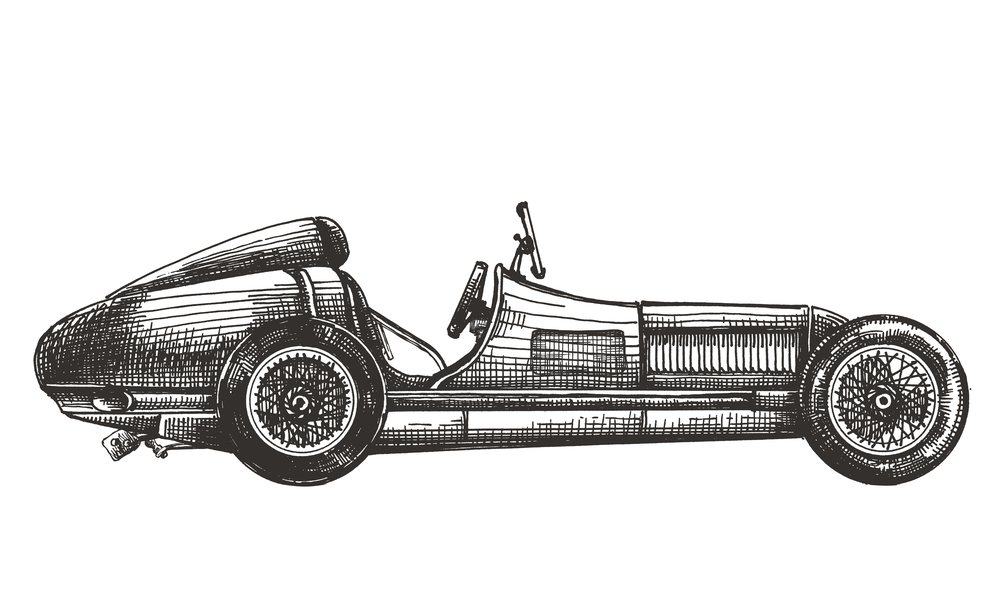I have no doubt that you’ve heard the classic saying, “If it ain’t broke, don’t fix it.” It means, of course, that if something’s working adequately, you should refrain from changing it.
Now, this advice can be good or bad depending on the situation.
For example, leaving well enough alone can be bad advice when it leads to complacency. Businesses need to invest in continuous change so their product, marketing, and communications teams can respond to new disruptions. And that might mean revising and improving the platforms we use because developments beyond our control may cause things that work today to become “broken” tomorrow.
But it can be good advice for businesses to avoid “fixing” a thing that not only isn’t broken, but also is doing exactly the thing it was designed to do.
I recently came across this kind of fixing while advising a B2C product company. The two-year-old content team was telling me about a recent failure of epic proportions. They’d created a content platform giving customers access to online events, resources, and lifestyle-oriented content. The amazing content gave customers a reason to stay loyal to the brand.
And it worked. Within nine months of the launch, the platform had 250,000 subscribers. Growth was in line with projections, and, by all measures, the business was deriving value from this content strategy. The team had created a thriving customers-only content hub.
One day, the brand and merchandising teams decided to redesign the content hub, opening it to customers and noncustomers alike. It would be a win-win, they believed. Everyone would see how wonderful the community was and, thus, would want to be part of it by becoming a customer.
Now, perhaps on paper (or the digital equivalent), this looked like a good idea. But in practice, redesigning the hub was a huge mistake. The editorial strategy changed, the exclusivity of membership disappeared, and subscribership plummeted. Traffic to the site did increase, but every other measure of an active, engaged audience slowed.
The original customer audience no longer felt special, so it stopped caring about the content. New visitors had no context for this community, so the great content focused on the product and exclusivity of using it carried no weight for them.
In short, by stretching the content hub to accommodate both audiences, the company failed to serve either. The redesign ruined the platform. The company essentially redesigned their race car and turned it into a pickup truck.
In our passion for developing a nimble culture, we must avoid the temptation to evolve everything. We can’t give into our boredom, bias toward consolidation, or desire for vanity metrics (i.e. more eyeballs) at the expense of “fixing” something that ain’t broke.
Redesigning your race car to do things it was never intended to do is one sure way to lose the race.





